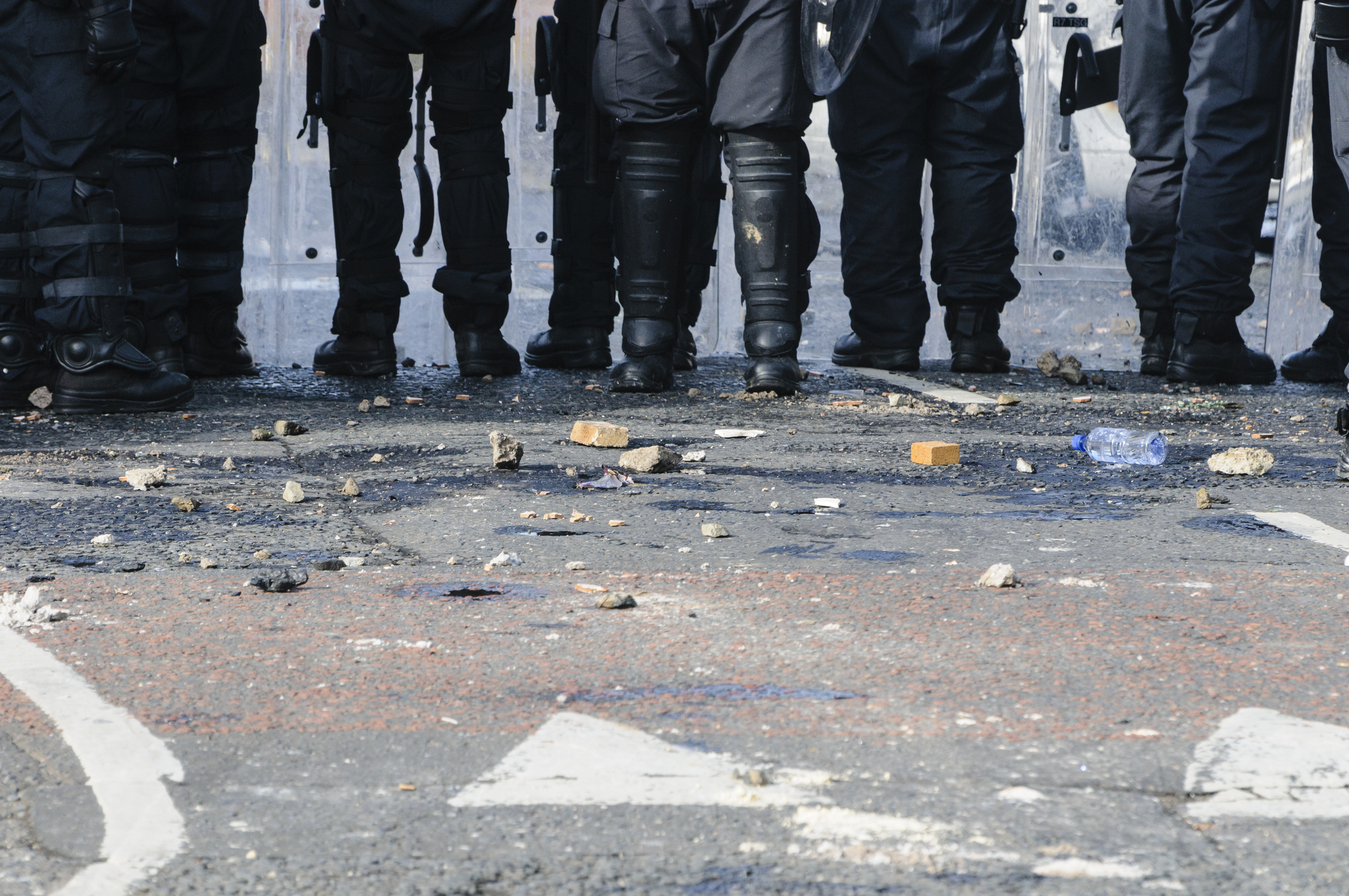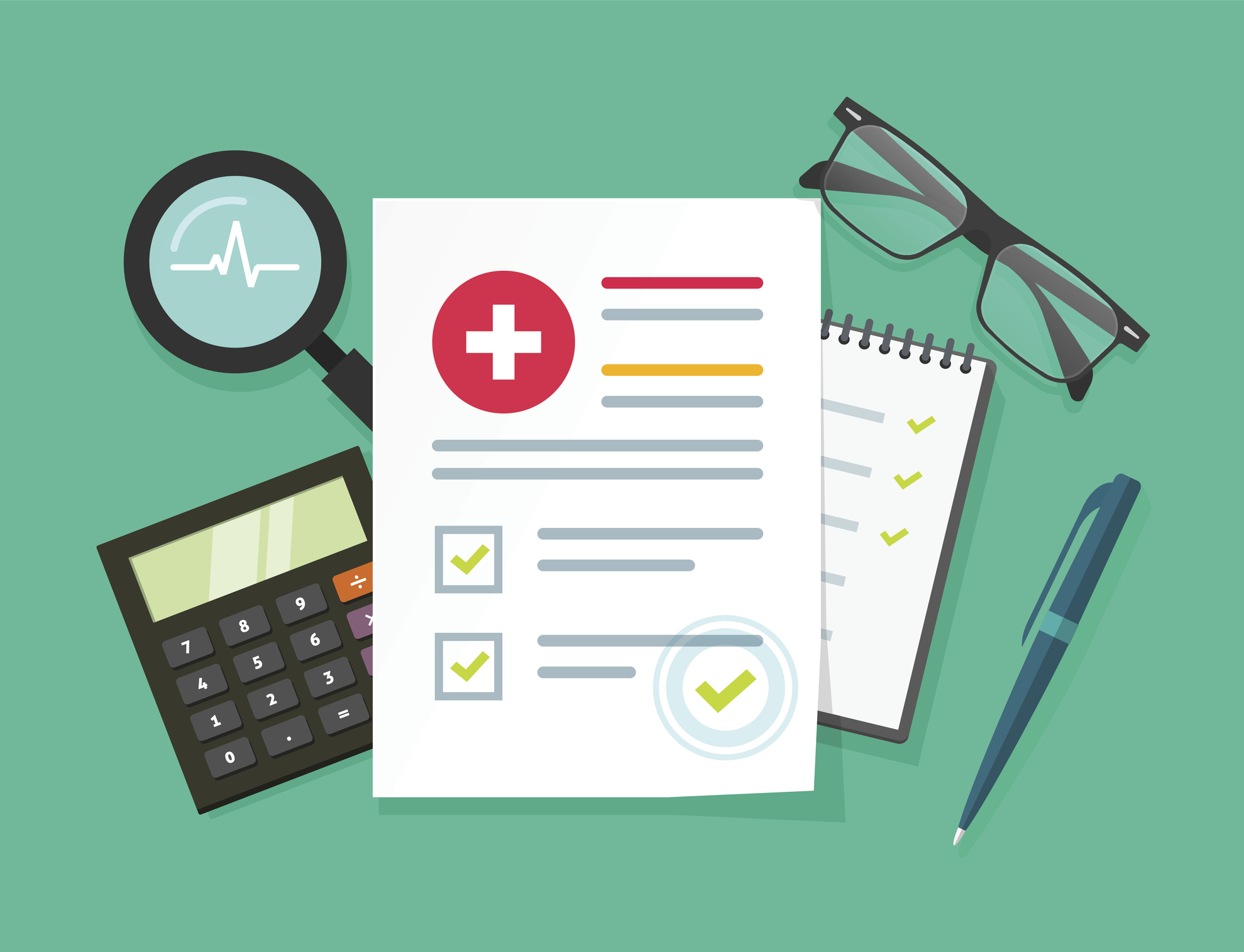5 Considerations for Public Entities Responding to Civil Unrest
Social tensions in the U.S. have continued to escalate. Businesses, law enforcement agencies, and local governments looking to safeguard operations, employees, and the public, should consider their detailed response plan before this year’s election cycle.
September 23, 2024

Responding to mass protests that can escalate to civil unrest requires planning, sensitivity, and a keen understanding of how previous events have unfolded. Following the intense protests and unrest of summer 2020 after the death of George Floyd, governmental agencies were left with mounting costs due to the high concentration of risks.
“Some of these costs came as direct losses through property damage, lawsuits, insurance claims, personnel budgets, mitigation costs, and other indirect costs,” said Jared Smith, Risk Control Manager at Safety National. “In light of another highly charged election season, it is important that governmental agencies prepare for the potential risks of mass protests, demonstrations, and civil unrest.”
When considering a response to mass protests and civil unrest, governments can prepare by acting on the following:
1. Understand leadership, elected officials, and partner agencies’ response expectations.
Having forthright discussions about what the control, mitigation, and escalation expectations are going to be will help unify the command and response from agencies and provide greater transparency to the public.
2. Facilitate education and training for public officials and law enforcement authorities.
Appropriate training helps to uphold the safety of election staff, polling places, and the general public.
3. Emphasize the impact of video and audio recording to all employees.
Anything they say or do may be recorded, and the outcomes of liability cases and related defenses can be drastically affected by just a few recorded seconds. Train all employees, including first responders, and office personnel, on how to respond to the public when mass protests occur, and most importantly, try to avoid contributing to any escalation into civil unrest.
4. Ensure that your policies are compliant with all federal, state, and local laws.
It is critical that employees understand what these policies are. Some of the policies that you may consider reviewing are:
- Use of Force and Deadly Force
- Demonstrations and Crowd Control
- Special Munitions – Less than Lethal & Distraction Devices
- Duty to intervene
- Citizen and Media Recording of Police Activities
5. Prepare a mass protest application and allow interested departments in the organization to provide input on the safety, security, and rights of the protestors and the public.
The purpose of the application should be to identify the details to keep the public safe while protecting First Amendment rights.
Hopefully, this election season and its aftermath will prove uneventful, but being prepared will help your organization avoid unnecessary losses if civil unrest and other disruptions occur.
For more expertise, guidance or resources on this topic, please contact [email protected].

























